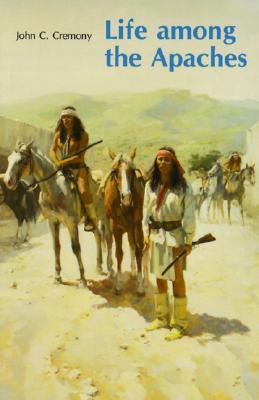What do you think?
Rate this book


322 pages, Paperback
First published November 1, 1981
”You are and must ever remain, to him, an object of suspicion and distrust. You are understood to be his natural enemy, and all his faculties are awakened against your advances. Treasuring up his own vengeful purposes for months and years, he imputes to you the same, or kindred intention of doing him ultimate harm. No effort, no kindness on your part, can induce him to disabuse his mind of this idea, because he is not capable of such magnanimity, and regards it as the finest stroke of duplicity. Trained to treachery, he is ever on his guard against it in others”.
”One day an Apache woman died in camp, and I asked Gian-nah-tah if there would be much lamentation. He simply smiled at the idea, and replied: "It was a woman; her death is of no account."